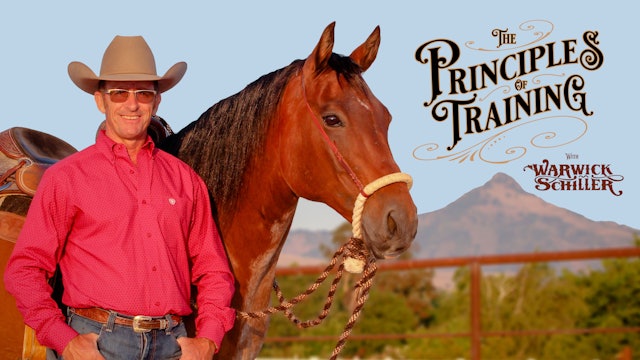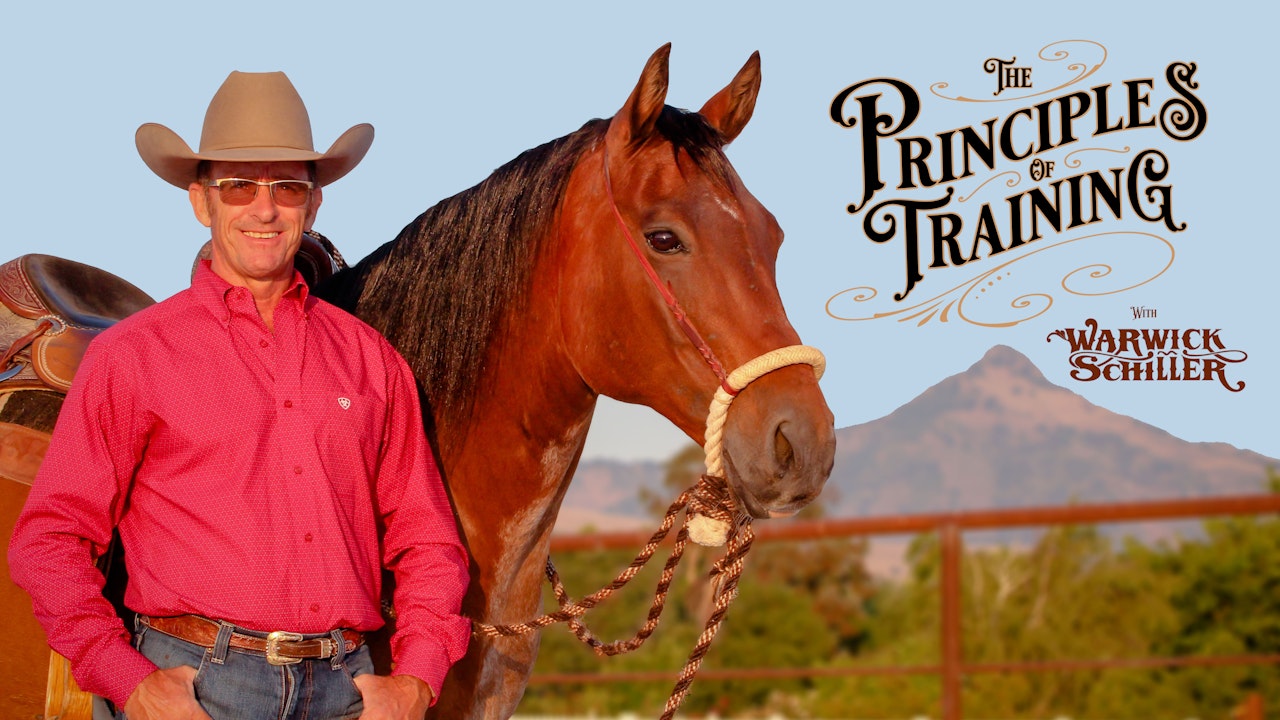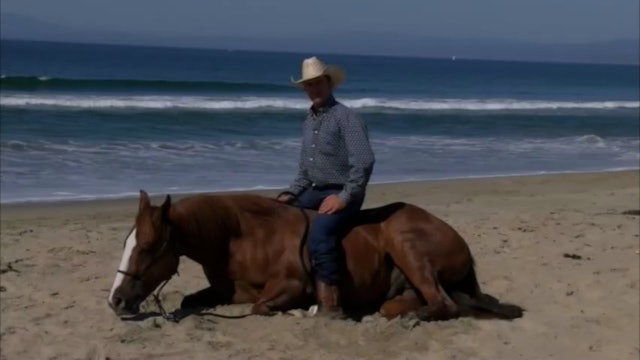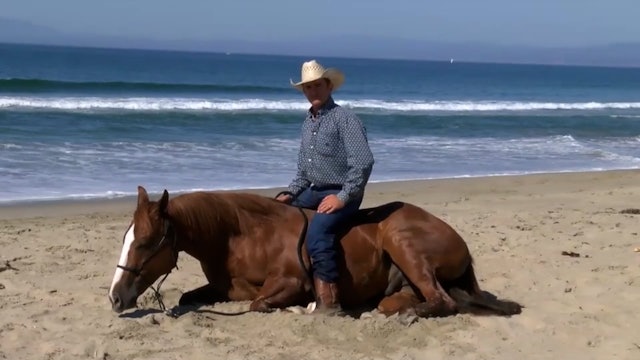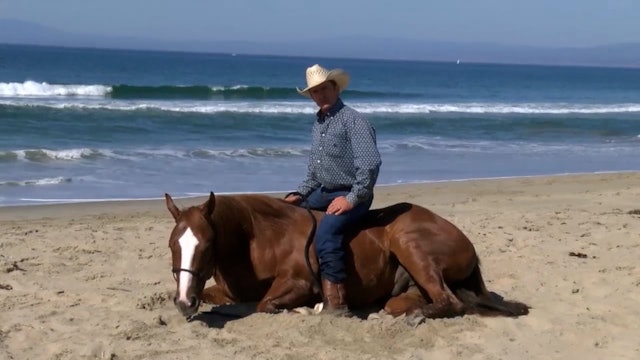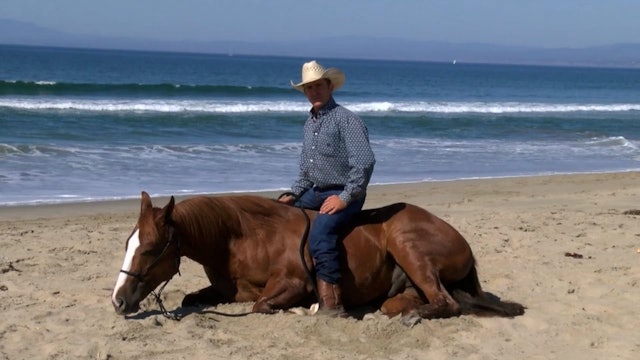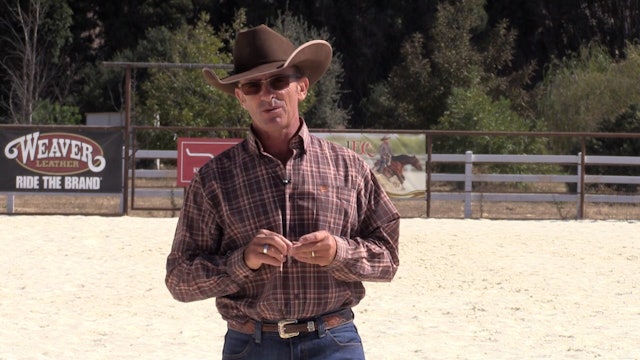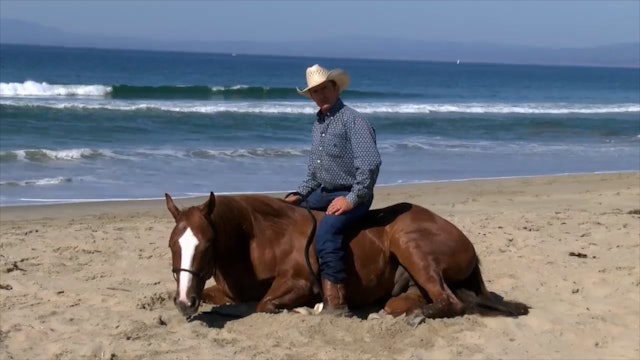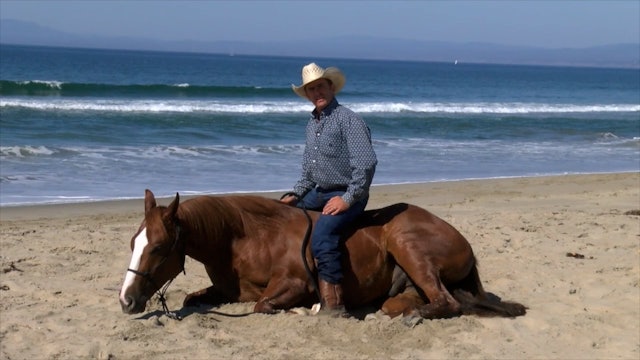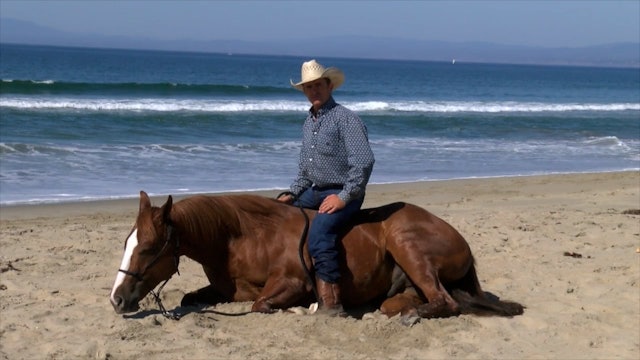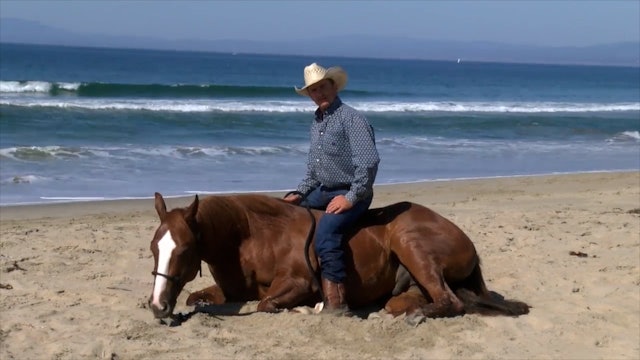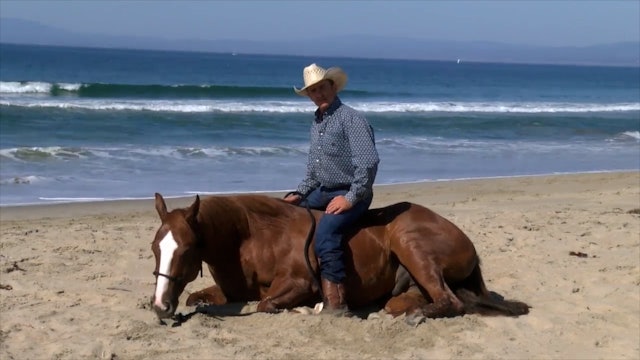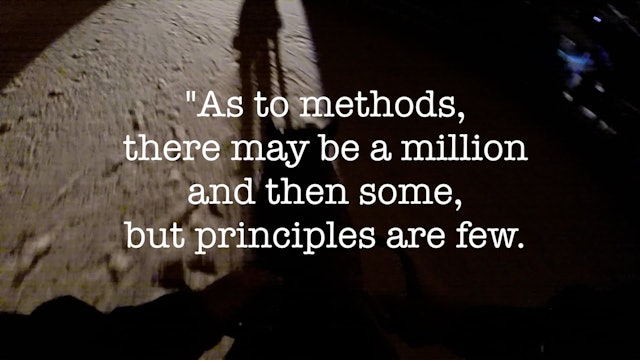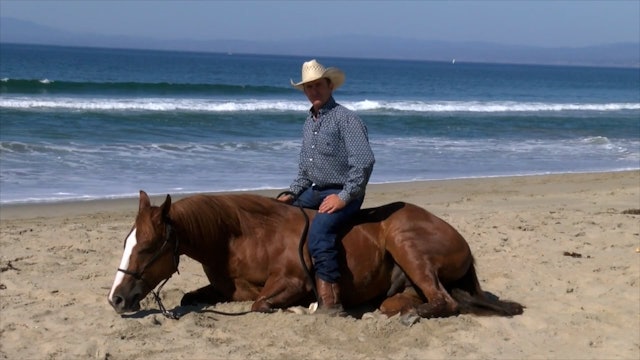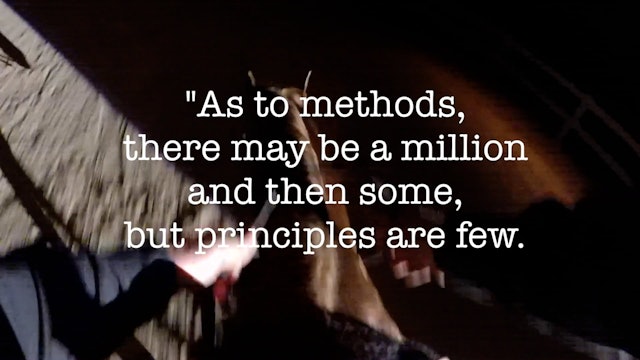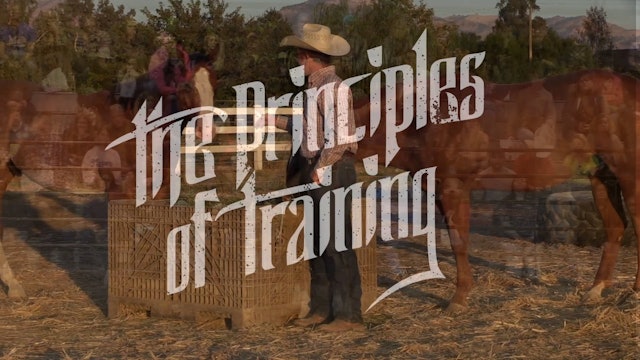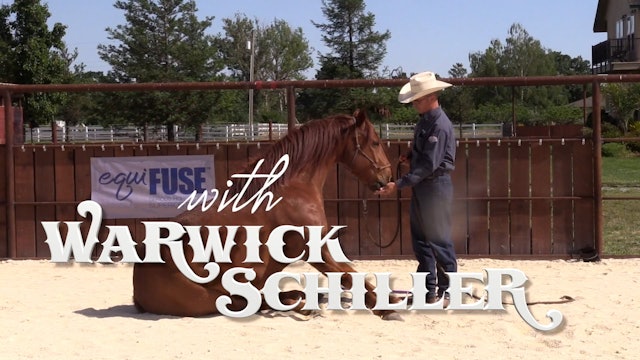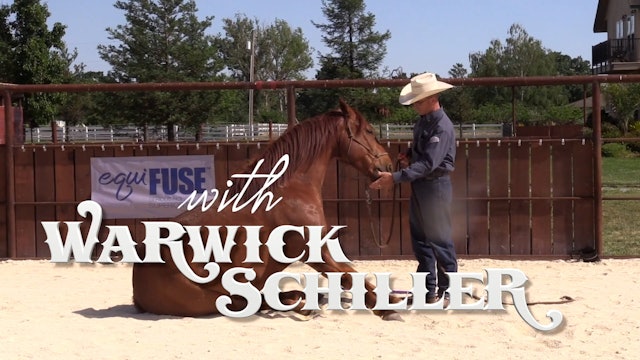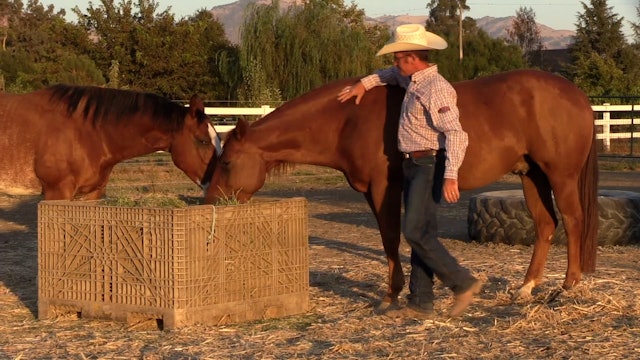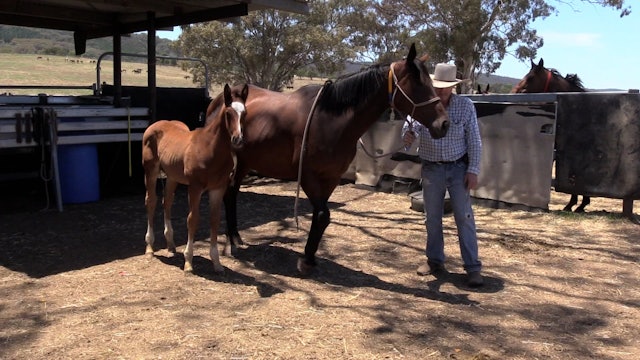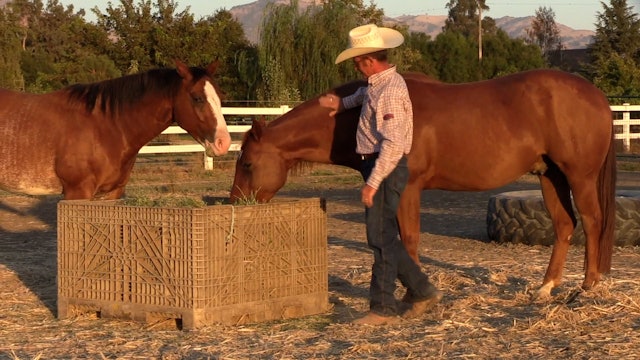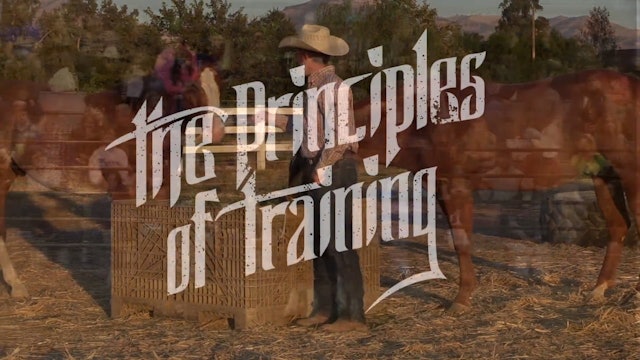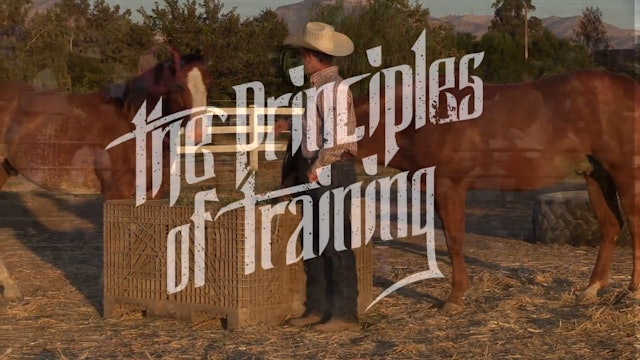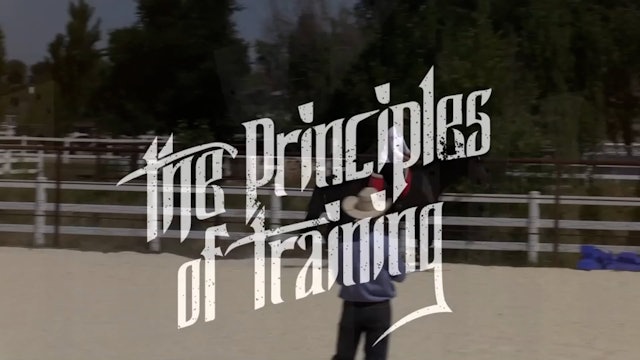The Principles Of Training
“As to methods, there may be a million and then some, but principles are few. The man who grasps principles can successfully select his own methods. The man who tries methods, ignoring the principles, is sure to have problems.” Harrington Emerson, early 20th century efficiency engineer.
In The Principles of Training, Warwick Schiller goes beyond the methods or techniques of horse training and effectively defines and demonstrates the underlying principles that all horses understand and successful horsemen and women are guided by.
This series is a must watch for every person who interacts with an equine. Schiller is an accomplished horseman, who has competed in 2 FEI World Equestrian Games and shares his gift of explaining things with horse people all over the world.
**It is important to understand that Warwick will be using techniques to explain how each of the principles work. The techniques you see in these videos work because the process leading up to them was perfected first. In essence, Warwick has created a tool before he used it (which is another principle coming soon in Season 2).
While you may have some success with the techniques on their own, if your horse hasn’t been taught everything in the lead up to the “Tool”, it may not work.
-
MakeThe Wrong Thing Hard | 1
The most important principle of horse training is to make the wrong thing hard and the right thing easy, which involves allowing your horse to explore its options. However, it is very important not to always think about and action the “make the wrong thing hard” part. It is far more productive if...
-
Make The Wrong Thing Hard | 2
Warwick revisits Making the Wrong Thing Hard and the Right Thing Easy by demonstrating many examples of it, from the simple act of standing with your horse to picking up feet, when a horse spooks at something, jumping and trailer loading.
-
Don't Go To Bed Angry |1
This principle explains how the old saying of Don’t Go To Bed Angry applies to horse training. When your horse is no longer relaxed, you need to get him relaxed again before proceeding. (Like a married couple, if anything has built up during the day, get rid of it before you go to bed.)
-
Don't Go To Bed Angry | 2
Warwick takes a deeper dive into the principle of Don’t Go To Bed Angry and shows you the practical tools that he uses to create relaxation and responsiveness both on the ground and under saddle.
-
Do The Opposite | 1
Warwick describes the principle of Do The Opposite in order to get your horse mentally and physically balanced so that you are working with or riding a relaxed, safe and confident horse.
-
Do The Opposite | 2
Taking a deeper dive into the Do The Opposite principle, Warwick gives practical examples of the balancing act both on the ground and under saddle including “collection”. Warwick also shows some examples with a jumping horse and explains his basic body control exercise, the Left/Right exercise.
-
Choose Where You Work and Rest | 1
This principle is one of the foundations of Warwick’s training process. A horse is always looking for the place that they feel most comfortable. They have an uncanny ability to remember where they get rest and where they work. In this episode, Warwick will illustrate a typical dressage lesson and...
-
Choose Where You Work And Rest | 2
Taking a deeper dive into the Choose Where You Work and Choose Where You Rest principle, Warwick addresses spooking and how it could be related to where your horse is attracted to versus repelled from. You will also see an example of a first ride in a big arena and why all of the reasons people s...
-
Perfecting The Basics
In any sport or discipline, whether horse related or not, people at high levels of the sport know the importance of perfecting the basics. This is what the Donkey Kong principle is all about. When you perfect the basics, the hard stuff, the stuff that comes later on, is EASY! Starting over from t...
-
They Need To Know The Answer
This principle is similar to how we teach children to count before they add, and add before they multiply, because the answer to the current question lies in the previous teaching. Warwick walks you through examples with horses on the ground and in the saddle, as well as addressing how to use thi...
-
Application Of Your Aids
Otherwise known as order of cues, this principle is very important in teaching a horse how to respond to subtlety. This is about teaching your horse something as opposed to just getting them to do something. If you are ever in doubt about the application of aids, just think about how a horse woul...
-
Anticipation
Everything your horse learns that is good is due to anticipation. Everything your horse learns that is not so good, is due to anticipation. Warwick will show you how to use Anticipation to your advantage and how you can solve problems if you’ve inadvertently taught your horse to do something that...
-
Isolate, Separate, Recombine
Anytime you are asking a horse to do two or more things at once they need to know them perfectly well separately. When you put them together and it is not working you need to mentally isolate the one that is not working, separate it and correct the issue before recombining them.
-
Create A Tool
When solving a problem you need to make sure the tool or exercise you are using to solve the problem is fully functional before you use it.
-
Change One Thing At A Time
When you use this principle, it ensures your horse doesn’t have any difficulty finding the answer to the question and also helps you identify the start of any problems.
-
Work With The Horse You Have Today
This principle could also be called “Work with the horse that is in front of you right now”. This principle ensures that you are working on the issue at hand and not yesterdays. This is the principle that has more to do with you than the horse.
-
Dressage | 1
In this Principles of Training in Action Warwick works with Kristin, a grand prix dressage rider and her young imported gelding Dream. Dream has been known to “porpoise” around, which is a small buck and he is not “straight”. Watch as Warwick diagnoses the underlying problems and explains what pr...
-
Dressage | 2
The second part of Dream and Kristin.
-
Foal Handling | 1
This video is an episode of The Principles Of Training where Warwick travels to Australia to work with master horseman Luke Thomas. Once a year Luke has a job halter breaking 150 unweaned Thoroughbred weanlings, and Warwick was interested in learning Luke’s process. This episode covers the first ...
-
Foal Handling | 2
Part 2 of Warwick’s sessions with Luke Thomas and the Thoroughbred foals.
-
Rearing Eventer | 1
In this episode, Warwick explores the principle of Work With The Horse You Have Today, going further into the human aspect of training by expounding on American philosopher Wayne Dyer's quote "When you change the way you look at things, the things you look at change". The horse featured in this e...
-
Rearing Eventer | 2
In part 2 of the Rearing Eventer, Warwick uses the mare's new found ability to find a happy place, and get her to where she will approach the scary banners in his arena. Then, after 5 weeks with him, he takes the mare home and helps her and her trainer with a jumping session, where they use the t...
-
A Riding Session With Bundy
In this video, Warwick rides his horse Bundy in what would be a "normal" session for them and points out the Principles of Training to explain why he does what and when, as well as highlighting what he calls the “focus work under saddle.”
-
Teaching The Stop With Bundy
After many people watched the livestream of Warwick & Robyn compete in the reining at the 2018 World Equestrian Games, there were many questions on the Sliding Stop. In this episode of the Principles in Action, Warwick demonstrates the early stages of teaching the stop with his horse Bundy, who h...
